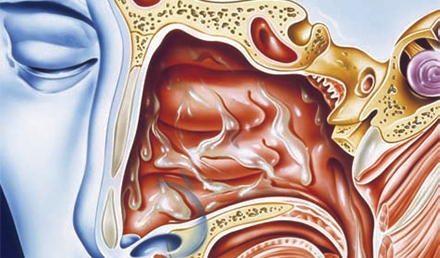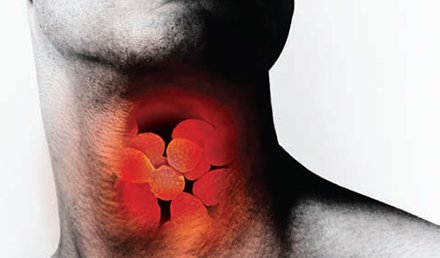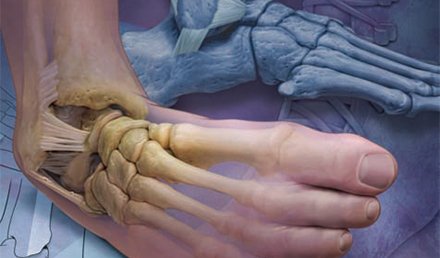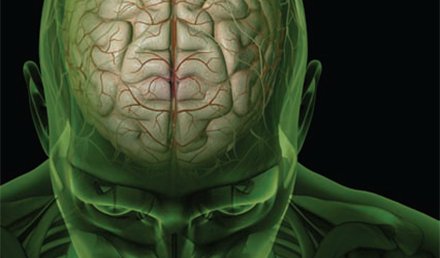Urgent message: Though patients with posterior and bilateral epistaxis should be admitted to the hospital, the vast majority of epistaxis episodes can be treated safely and effectively in the urgent care setting. Nathaniel Arnone, MD, Samuel M. Keim, MD, MS, and Peter Rosen, MD Epistaxis is a common presenting complaint, with 15 per 10,000 people requiring medical attention each year.1 While the presence of blood in the pharynx can cause concern for both patients and …
Read More









